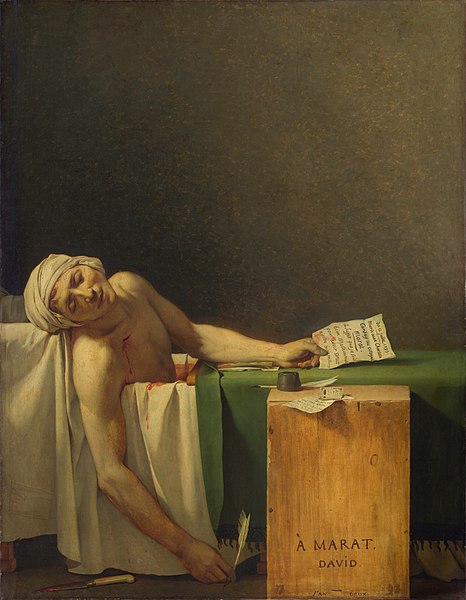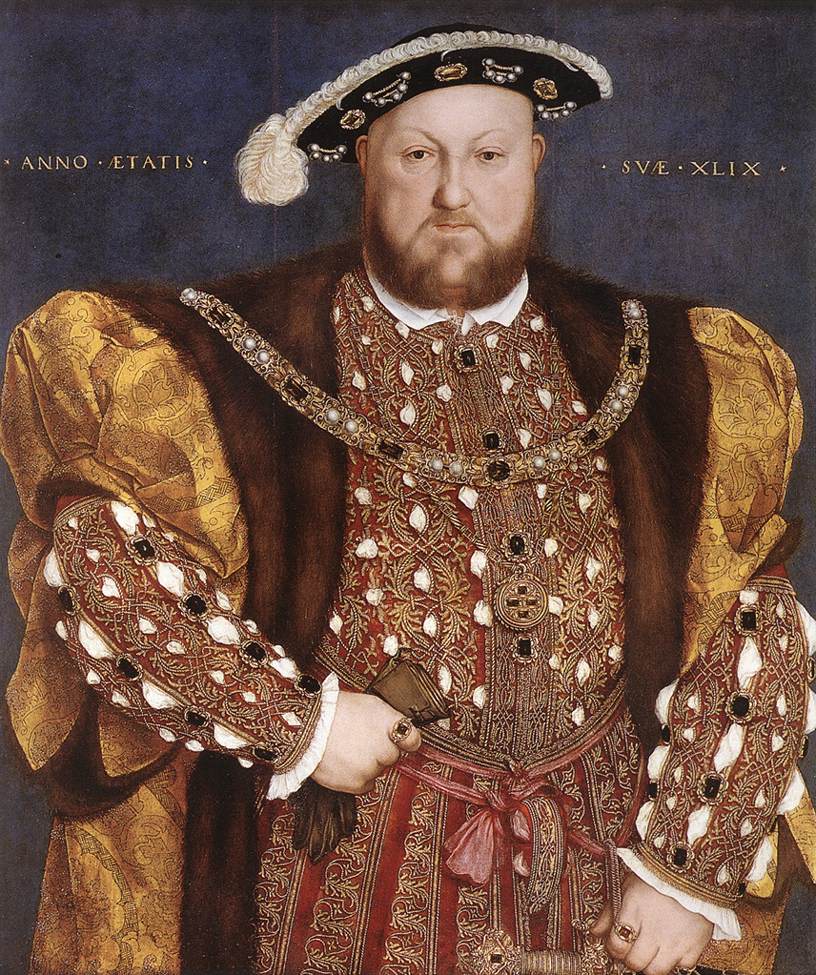 |
F.S. Shurpin, The Morning of Our Motherland, 1948 |
Beautiful Paintings of Terrible People
By LIBBY ROHR
This painting is by far the strangest of this whole collection. It’s not often we see Stalin associated with such love and serenity. It’s not often we see Stalin with anything other than absolute abhorrence. Of course the exception to this rule is obviously the late forties into the fifties in the Soviet Union, where paintings like The Morning of Our Motherland were critically acclaimed and coveted. Paintings like this follow a movement in Soviet culture called the Cult of Personality that idealizes Stalin and puts all the original intentions and feelings towards communism on him. He was at this time revered as a hero and pioneer of communism and humanity, foiled by outside influences beyond his control. When Shurpin first produced this painting, it was widely celebrated in the USSR and shortly thereafter became a recipient of the Stalin award, the greatest art honor possible in the Soviet Union at that time.
It’s easy to see why. If you were to look at this painting with no knowledge of Stalin and no context whatsoever, you would see a man, clothed in the white of purity, with a pensive, fatherly air about him, gazing out to the horizon. His figure is massive in comparison to the scene behind him. He looks almost godly in size and demeanor and statuesque in his poise. The sky behind him is soft and lovely, somewhere between white and blue cotton candy. The background frames him in a purple agrarian dream, dappled with tranquil tractors and the silhouettes of power lines, turned pink by the fading horizon. These images, though subtle, allude to some of Stalin’s perceived successes and the hope for an increasingly developed and industrialized Soviet Union. There is nothing about this gorgeous nature scene that would suggest gulags or mass starvation or incredible brutality. I don’t know a single person who would associate a lavender field with Stalin’s legacy. As a result, this painting is probably the most incredibly impressive piece of propaganda I discovered in all my research for this project. Clearly, Shurpin did not see Stalin in the way that we remember him in the West.
But it’s important to remember like all of these paintings, that someone who we would consider to be an indisputable cold-blooded killer is in some places revered as a national hero. It was this painting in fact that made me choose this topic. Whatever you consider to be the purpose and definition of art, it will always showcase the artist’s perspective. Great art will never fail to drop you straight into the mind of the person painting it. In this case, it’s the mind of someone inspired by communism and moved to reverence by someone like Joseph Stalin, who, like it or not, did change the nature of Russian history and government forever. As I depart from my little corner of the world at Barstow and head out into the great blue yonder, I’d do well to remember this power of perspective. If the humanities teach us anything, it’s that there is both light and darkness, beauty and ugliness, in all things. And to understand the world is to acknowledge the imperfection and pain and confusion of it all. The whole world is interpretation and everything you encounter is somewhere in the grey and in a world this confusing, it’s nice to have art to help us make sense of a world that is impossible to fully understand. While I encourage you not to be a lover of all things Stalin, I believe it’s a good thing to force ourselves to see these radical points of view from time to time to help us grow and change and challenge ourselves to be better more understanding people.
So enjoy this gorgeous, hopeful sunrise over a brutal totalitarian dictator, and remember to think about the “wrong” side of history every once and awhile, because it’s always going to be someone’s hero story. It’s been a pleasure writing for you all.



